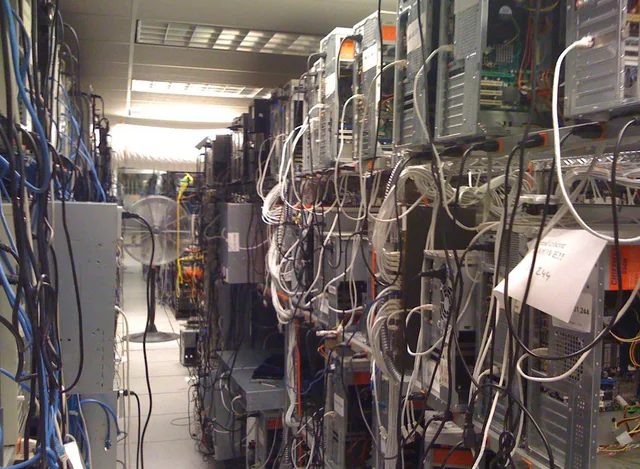Location
1120 Holland Drive #13 Boca Raton, FL 33487
Contact info
info@sustainableitad.com
(561) 591-3476
Location
1120 Holland Drive #13 Boca Raton, FL 33487
Contact info
info@sustainableitad.com
(561) 591-3476
However, servers have a finite lifespan. On average, a server lasts approximately 10 years, although with proper maintenance, some servers may endure for up to 20 years. Components like hard drives may fail before the entire server, but they can be replaced as needed. How does one determine when it’s time to replace and decommission a server?
First, what do servers do?
Servers constitute the core hardware and software elements of a client-server model in businesses or organizations, connecting various workstations or devices through a network. Servers serve several crucial functions, including:
Deployment: After procuring the equipment, the deployment phase begins. It involves setting up the equipment, installing and configuring software, and conducting tests to ensure smooth operation.
Operation: Once all bugs are addressed and systems are running smoothly, the server enters the operational phase. Regular maintenance tasks like software updates, security patches, and cleaning to prevent overheating are carried out.
Declined Performance: As servers age, components may wear out, leading to declined performance. While the average server lifespan is around 10 years, individual components like hard drives may fail earlier. Aging servers may struggle to keep pace with evolving demands, necessitating attention.
Decommissioning: When it’s time to retire a server, proper decommissioning is essential. It involves more than just disposing of old equipment; it requires professional handling to avoid legal and environmental ramifications.
Increased Electricity Bills: Older servers and equipment tend to consume more power, resulting in higher electricity bills. Transitioning to more energy-efficient equipment can yield substantial cost savings.
Performance Issues: Lagging, unreliable, or frequently failing servers indicate performance issues that may necessitate decommissioning. As organizations grow, their server requirements evolve, often outpacing the capabilities of older systems.
Hardware Failures: Persistent hardware failures signal the need for decommissioning. While individual components may be replaced, a series of hardware failures may indicate broader issues.
Incompatibility and Security Concerns: Outdated software may render servers incompatible with newer systems and vulnerable to security breaches. Failing to update software and security patches poses significant risks to data security.

Decommissioning servers is a meticulous process that requires careful planning:
Sustainable ITAD specializes in data center decommissioning and electronic recycling, ensuring data security and environmental compliance. Our services include secure data destruction and proper recycling of electronic equipment. Reach out to us to learn more about our ITAD services and decommissioning solutions.